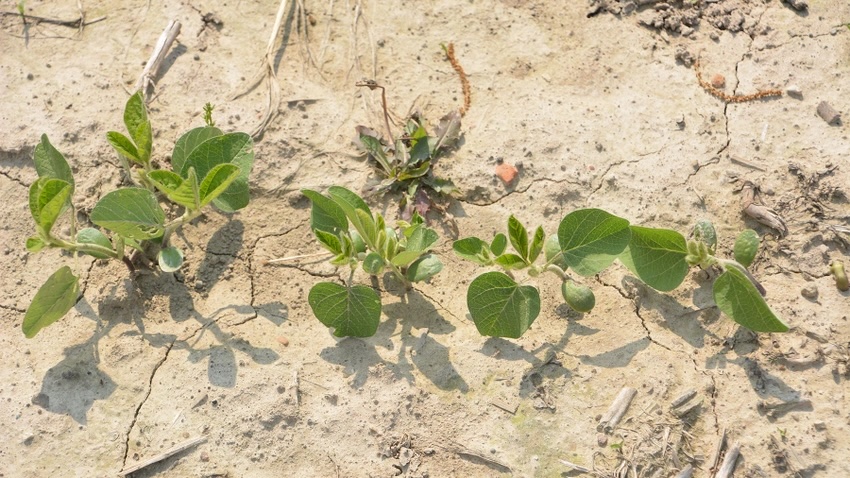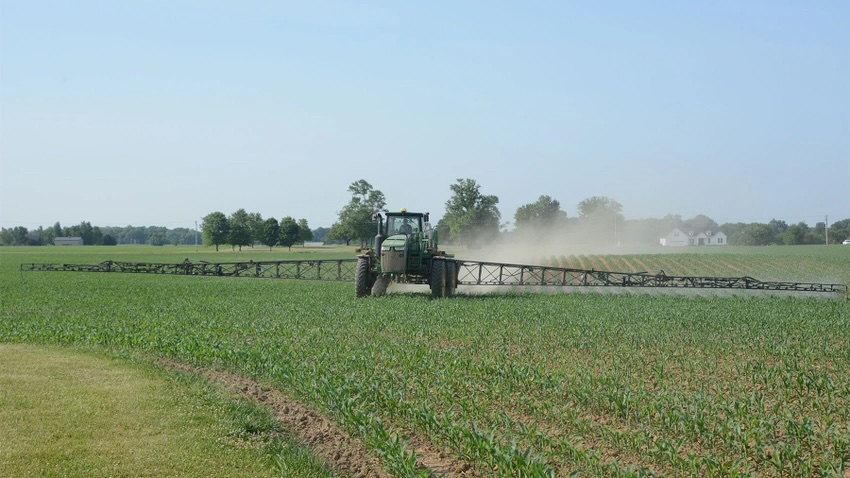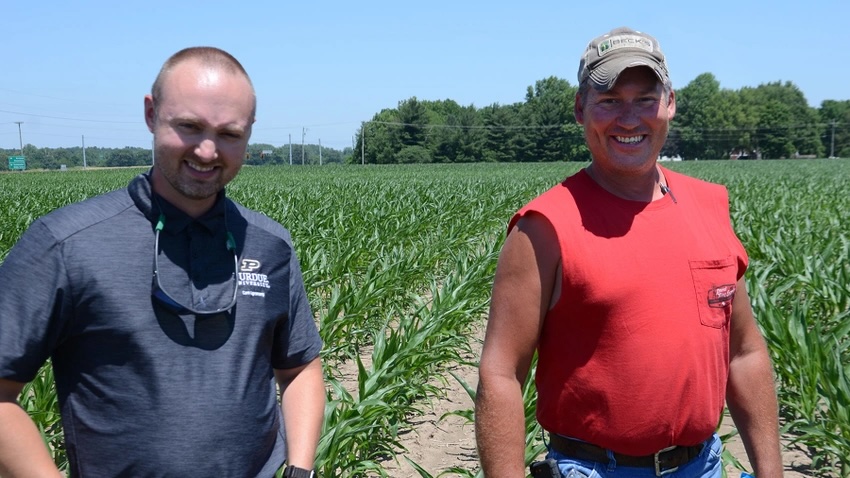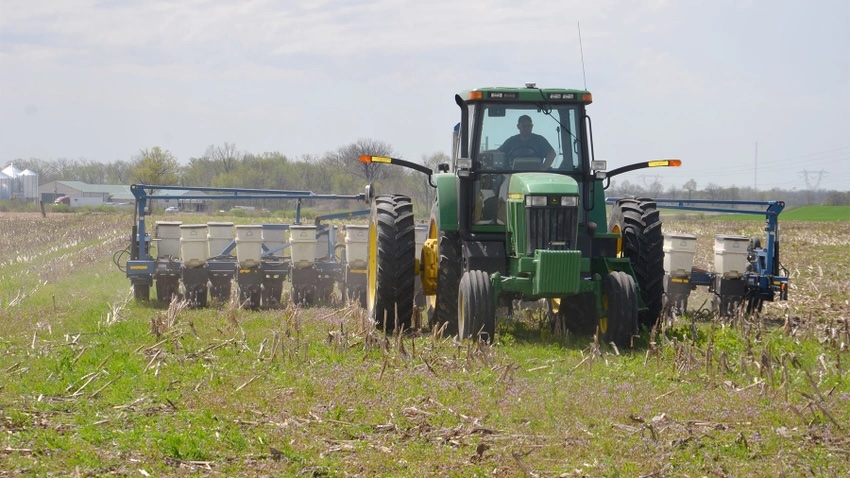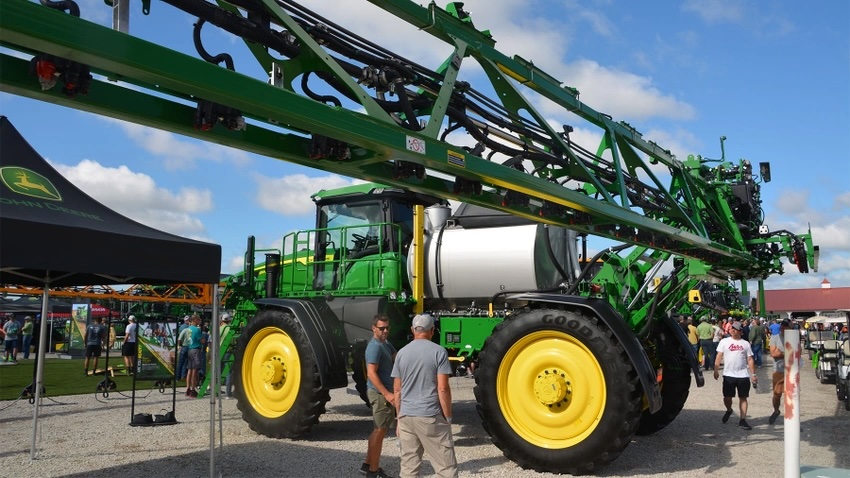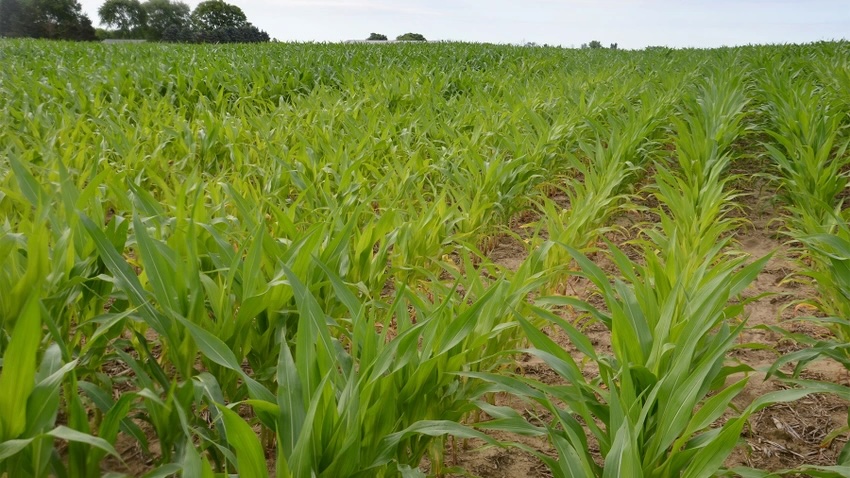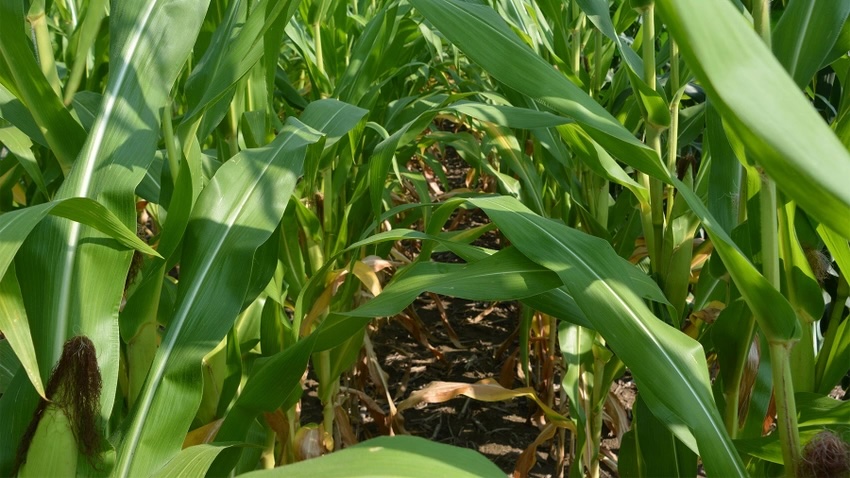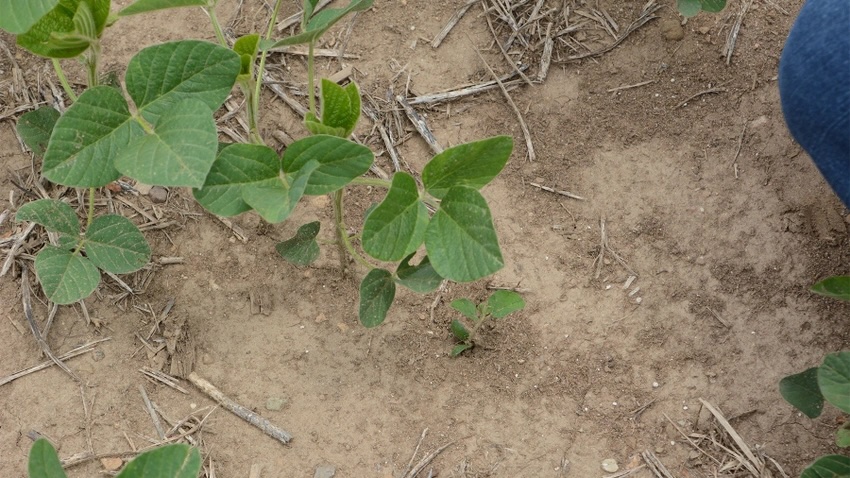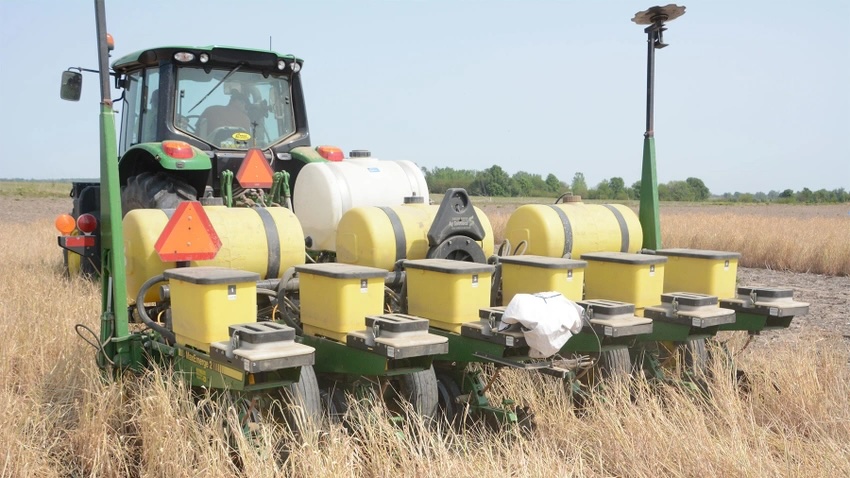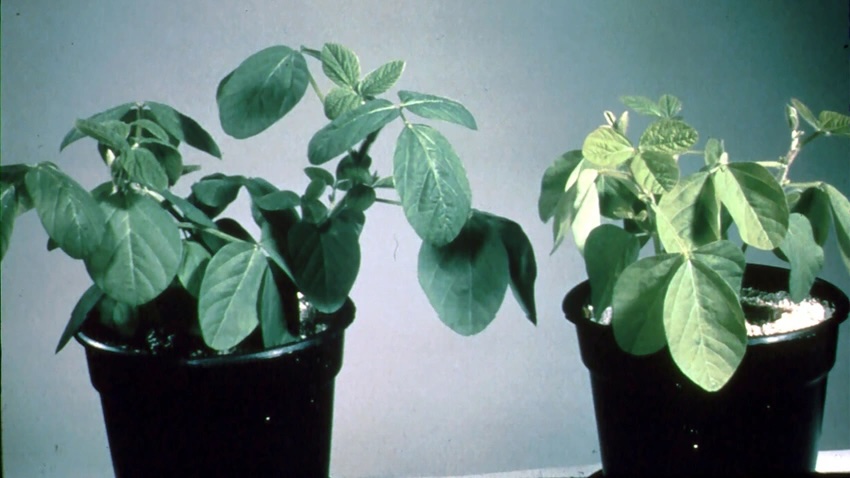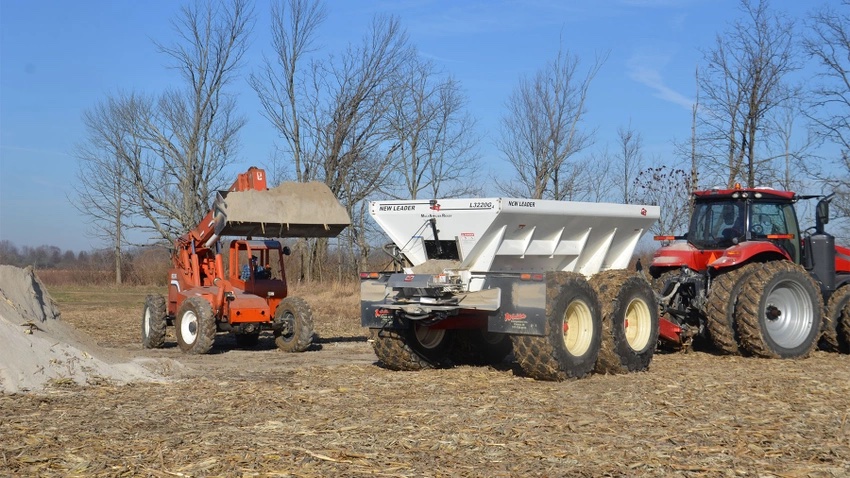Should you add 2nd planter for soybeans?
Soybean Corner: More timely planting could pick up extra yield.
Nov 23, 2021
We farm 3,500 acres with a 24-row planter, planting corn, then soybeans. Is it time to think about buying a second planter to plant beans earlier? How much could we invest?
The Indiana certified crop advisers panel answering this question includes Steve Gauck, a regional agronomy manager for Beck’s, Greensburg; Jeff Nagel, agronomist with Ceres Solutions, Lafayette; and Dan Ritter, agronomist with Dairyland Seed, Rensselaer.
Gauck: Lots of data shows planting soybeans early offers a yield advantage. We also know there is a yield advantage to planting soybeans in 15-inch vs. 30-inch rows, especially when planting earlier, because the canopy closes quicker, maximizing sunlight capture.
Do you have the labor to run two planters? If not, most research shows you should still start with soybeans to maximize yield potential. Ten-year data from Beck’s Practical Farm Research shows that any population planted in 15-inch rows outyields any population planted in 30-inch rows. And five-year PFR studies also show a $146-per-acre advantage to planting before May 15 vs. after. Nothing is guaranteed, but these numbers show the potential. To maximize yield potential in soybeans, plant earlier in narrow rows.
Nagel: The shift to earlier planting of soybeans continued in 2021. The combination of high-yielding genetics, timely planting and in-season management is contributing to some impressive soybean yields.
Planting date trials across the Midwest generally show the optimum timing for planting corn and soybeans is similar. Yield losses begin to occur around the first of May and increase into mid-May and later. Many farm operations today have two planters and plant corn and soybeans at the same time.
The decision to add another planter may depend on your labor situation and how efficient you can be with your current planter. Some farm operations are managing logistics by planting some of their soybeans before corn, planting corn and then finishing up soybeans. If you’re willing to switch back and forth between crops and get your crop planted in most years in April and early May, you may not need a second planter. But if you’re spread out, and you’re usually finishing up in a “normal” spring in mid- to late May, it would likely be worth adding a second used planter.
As an example, it would be reasonable to expect soybean yield potential to be reduced 5% by mid-May. Let’s say you always have 500 acres of beans planted in mid-May or later. If early yield potential was 70 bushels per acre, you would potentially give up 3.5 bushels. Say soybeans are $12 per bushel. Lost income potential would be $42 per acre, or $21,000 over 500 acres. You might have a good used planter paid for soon if you have the labor to operate it.
Ritter: Yield increases for soybeans planted from late April to early May tend to maximize yield. Iowa State University data would suggest a 3-to-4-bushel-per-acre increase by planting soybeans around the last week of April. Another factor is that ideal planting windows in recent history are rather limited. Assuming you plant all acres in the ideal window with the change and gain 3 bushels per acre, that should make a pretty good planter payment. Don’t forget a 15-inch splitter can be used in corn, too, if needed. With good prices and yields this year, it may be time to add another planter.


